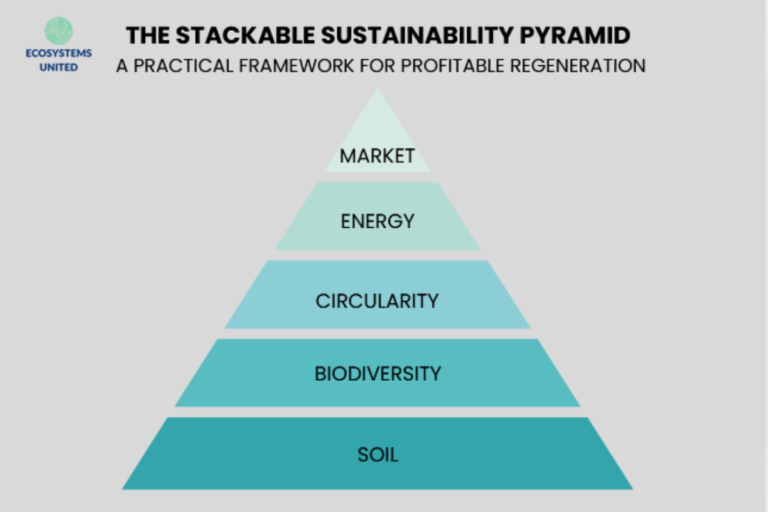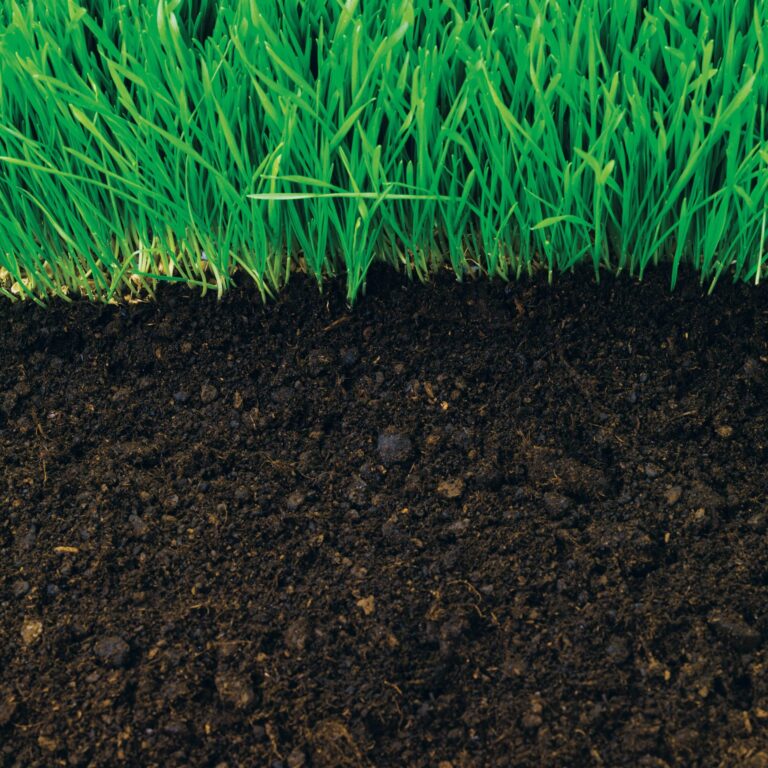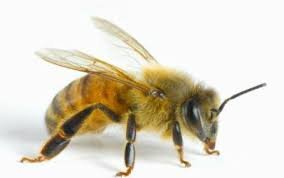stackable sustainabilty: a 5 stack pyramid approach to regenerative agriculture
Implementing sustainability practices in modern farming can feel overwhelming and financially risky. The solution? A structured, progressive approach that builds layer by layer. “Stackable Sustainability” in agriculture provides a pyramid framework where each level builds upon the previous one, creating a pathway to comprehensive regenerative farming that delivers environmental and economic benefits at every stage of farm development.



